Bah humbug: Can we really afford not to fund Scotland's arts sector?
Rehearsals are in full swing when I arrive at Dundee Rep’s studio space. It is just a few weeks until this year’s festive show – a music-infused version of the Dickens classic A Christmas Carol – opens and the players are running through a number of scenes before a full readthrough in the afternoon. The room is stark – light and bright, with a series of piled-up flight cases among the only props – but the colour they bring to it is vivid. As the 11-strong ensemble polishes the scene in which the Cratchits have Christmas lunch, then the one where Scrooge finally turns over a new, unhumbuggy leaf – each of them singing and playing multiple instruments – it is clear this is shaping up to be a very special show.
As the cast breaks for lunch, I sit down with artistic director Andrew Panton, who is also co-chief executive of the company. It has been quite the year for the arts sector, what with £6.6m of government funding being cut from Creative Scotland’s budget last December only to be reinstated in February then cut again in September. First Minister Humza Yousaf used his SNP conference speech in October to promise £100m of additional resource for the development body by 2028 but, with the sector heavily reliant on Creative Scotland funding and no clear indication of how that extra money will materialise, it’s fair to say it remains an uncertain time for the Scottish arts.
Panton, who has been working in the sector for two decades, taking an early role as assistant director on National Theatre of Scotland’s international hit Black Watch and spending time as creative director for the singer Susan Boyle, says the financial situation organisations like Dundee Rep have been left in is extremely tough.
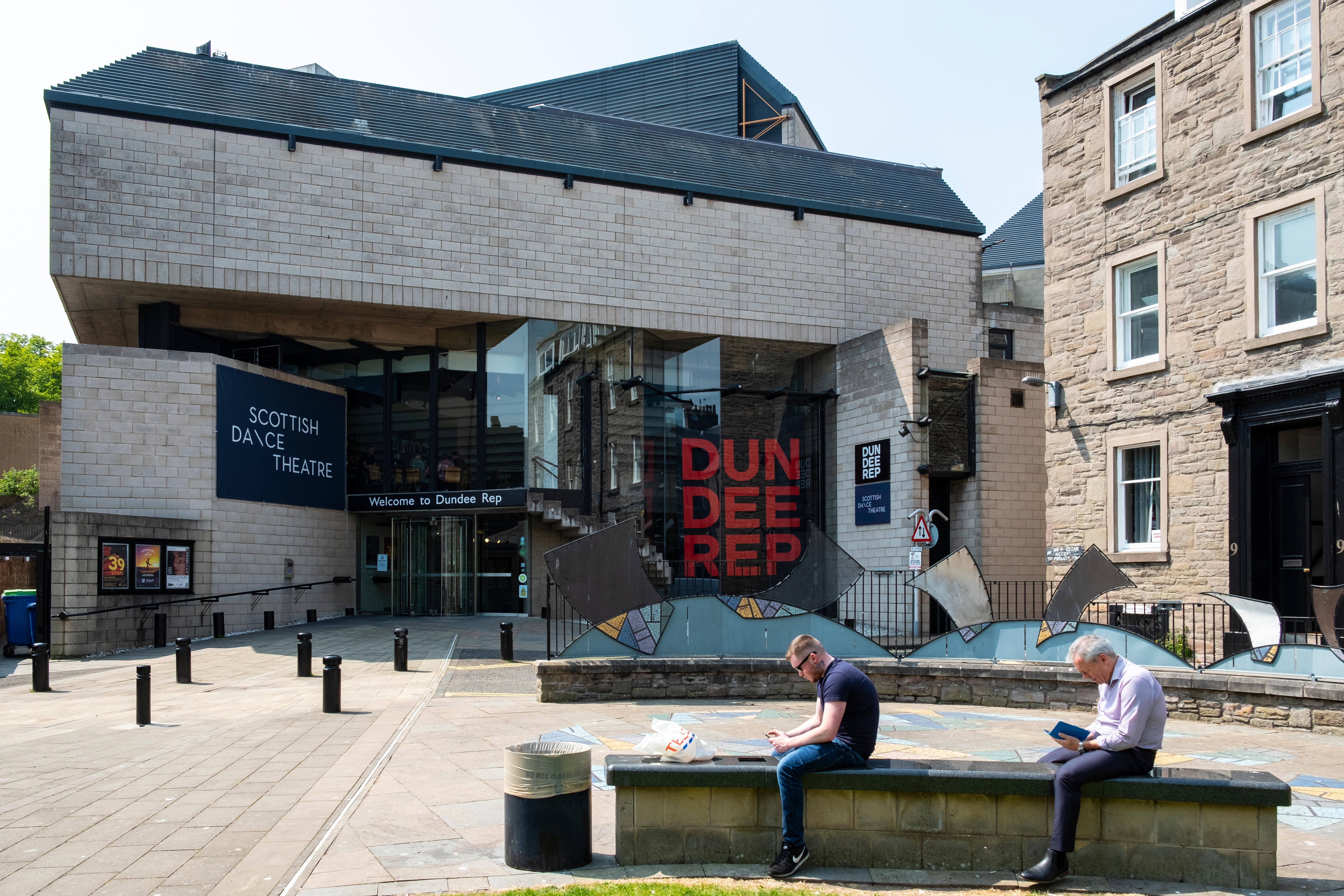 Dundee Rep's building was granted listed status last year | Alamy
Dundee Rep's building was granted listed status last year | Alamy
“When I joined Dundee Rep in 2017 the organisation was just doing its multi-year funding application, then in January 2018 we found out that we had standstill funding,” he says. “That should have been a three-year funding round but because of Covid they just kept adding a year and adding a year and now it’s been five years. We’ve been on the same level of funding since then and by the time we get to the next funding round it will be seven years. That standstill over the last decade-plus equates to a 25 per cent drop in funding when you put it together with inflation and rising costs.”
You wouldn’t know it from the outside or even from the auditorium, but the building the Rep is housed in is vast. Immediately behind the theatre itself is a huge workshop that makes props for the Rep’s own shows and those of other companies; behind that is a warren of offices and studios, and a very large, very inviting room packed floor to ceiling with costumes upon costumes upon costumes. The cost of heating and lighting this place has soared in the years since the organisation’s annual award from Creative Scotland – which essentially dishes out cash on the Scottish Government’s behalf – has remained static at £1.9m. The salaries the company, which includes Scottish Dance Theatre as well as Dundee Rep, pays its resident ensembles and other staff have also increased. And while the Creative Scotland funding has at least been a known quantity over the past five years, Dundee Rep’s other main revenue stream – box office sales – has remained unpredictable since Covid, with Panton noting that audiences are now far more likely to wait until the last minute to buy tickets than to secure them in advance. “In terms of our ability to predict it’s a bit fly by the seat of your pants,” he says. “It’s an unsustainable model at the moment.”
It is a point that Creative Scotland chief executive Iain Munro made to the Scottish Parliament’s Constitution, Europe, External Affairs and Culture Committee ahead of the government’s budget-setting process last year, telling members that the culture sector was facing a “perfect storm” of long-term budget pressures, reduced income generation and increased operating costs. When he appeared in front of the committee in September this year Munro made the point again, stressing how betrayed arts organisations felt by the government’s flip-flopping on funding and making the case that unless there is a significant and sustained increase in the level of funding made available, many of those organisations will fold.
“The 120 regularly funded organisations we currently support have been on standstill funding since at least 2018, some for much longer,” he said. “Up to a third of these organisations are at serious risk of insolvency in the short term and over half are financially weak, requiring redundancies or other cost savings. Apart from the cultural and social impact that losing these organisations would have on local communities, nationally and internationally, the current funding situation puts 900 jobs at immediate risk with loss of financial support or freelance opportunities for more than 12,000 artists and creative practitioners. The perfect storm intimated in previous submissions and evidence sessions continues and the funding situation for culture and creativity in Scotland remains short-term in nature and precarious in reality.”
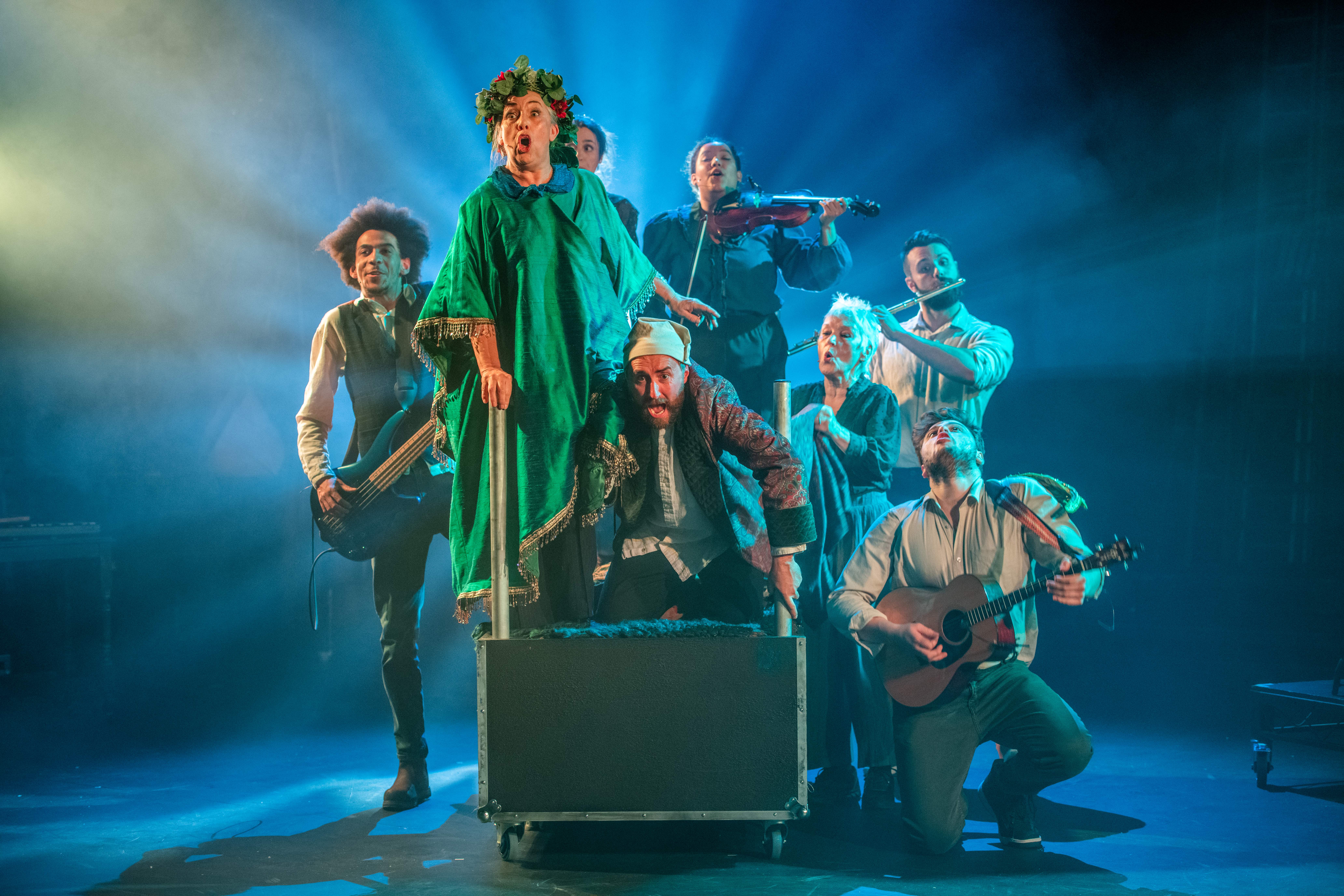 A Christmas Carol by Dundee Rep | Tommy Ga-Ken Wan
A Christmas Carol by Dundee Rep | Tommy Ga-Ken Wan
Though Yousaf made his £100m promise soon after that committee session was held, Brian Ferguson, who has been covering the arts for The Scotsman newspaper for over a decade, says the announcement did little to quell the anxiety of those operating in the sector. The detail of when and how the funding will be allocated has yet to be revealed and, with the Scottish Government due to deliver its spending plans for the year ahead on 19 December, there are fears that if clarity is not provided as part of that it will embolden local authorities to deprioritise culture in their own budget-setting processes early next year. Councils provide vital funding streams to local cultural enterprises – Dundee Rep receives £318,000 a year from Dundee City Council – but those are increasingly coming under threat, with a reduction in allocation from Glasgow City Council seeing arts venue and community hub the Tramway slash its opening hours earlier this year while Aberdeen City Council floated, but ultimately pulled back from, cutting its £815,000 cultural budget in its entirety.
“In their actions the Scottish Government doesn’t really seem to have a grip on this,” says Ferguson. “Lots of evidence went into the culture committee last autumn then this year history repeated itself – the same people said the same things but in more serious terms – but the only thing the government has done is make things more difficult by cutting funding last December, U-turning and then claiming it had given an uplift. Because of the way the government has treated the culture sector one of the concerns is that it’s set a really bad example for local authorities. In the not too distant past, any local authority that cut culture funding would get it in the neck from the national government, but now councils are saying ‘they’ve done it to protect costs so we need to do it too’.”
Cost cutting and frugality have been the watch words of finance secretary Shona Robison since she took office earlier this year. Yousaf’s number two has repeatedly warned parliament about the difficult budgetary decisions she is going to have to make to close a looming £2bn hole in the public finances. Just last month, after pouring cash into pay deal after pay deal to stave off threatened public sector revolts, she began floating the idea of redundancies to make ends meet. It is fair to say that the public finances are looking anything but good, yet it is against this backdrop that Lori Anderson, director of creative industry collective body Culture Counts, says there needs to be an immediate doubling of the proportional funding the cultural sector receives.
“Our call is for us to try to achieve at least a one per cent investment in the culture sector from government spending,” she says. “At the moment we only receive 0.58 per cent [of the Scottish Government’s total annual budget] and are one of the poorest-funded portfolios. Given the value of what we do, in how much we deliver in economic value, it would be good to get a decent investment. That 0.58 per cent is miniscule and is way under where our European competitors are.”
Indeed, according to data from Eurostat, the European Union’s statistical office, general government spending on cultural services across Europe equated to one per cent of total spending in 2021, the most recent year for which data is available. Only Italy, Cyprus and Greece invest less proportionally than Scotland does (0.5 per cent, 0.5 per cent and 0.3 per cent, respectively), while countries including Iceland, Norway and Switzerland invest considerably more (2.2 per cent, 1.4 per cent and 1.2 per cent). Culture is, Eurostat’s report states, “one of Europe’s greatest assets”. “It is a source of values, identity and a sense of belonging; it also contributes towards wellbeing, social cohesion and inclusion,” it notes. “The cultural and creative sectors may also provide a stimulus for economic growth, job creation and international trade.”
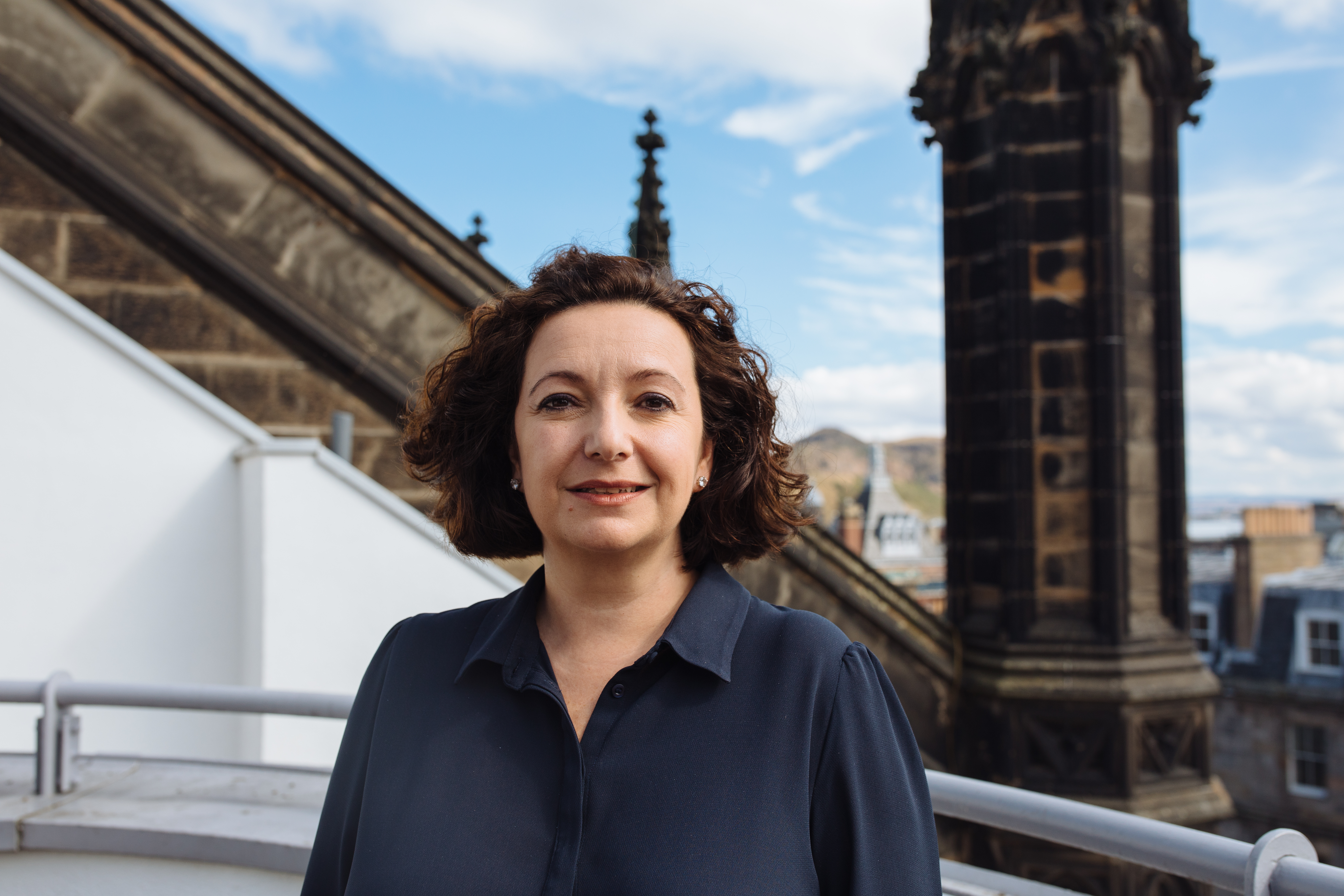 Francesca Hegyi, Edinburgh International Festival | Jassy Earl
Francesca Hegyi, Edinburgh International Festival | Jassy Earl
For Francesca Hegyi, executive director of Edinburgh International Festival, in this context the Scottish Government’s attitude towards culture and the arts makes no sense, particularly as Edinburgh’s festivals, which are envied and emulated around the world, have been shown to contribute significantly to both the local and national economies. Last year the Scottish Government said that over 15,000 creative businesses employ 70,000 people and contribute more than £5bn to the Scottish economy on an annual basis. A report published by economists at BOP Consulting in June this year found the economic impact Edinburgh’s festivals had on the city rose from £280m to £407m between 2015 and 2022, while in the rest of Scotland it increased from £313m to £367m over the same period. Every pound of public money invested in the festivals generates a return of £33 to the economy, the study found, yet Hegyi says that by failing to capitalise on the opportunity that presents the government is treating arts and culture as an expendable add-on rather than an asset to be nurtured and grown.
“The sector has been ignored for 15 or 16 years on the basis it will take care of itself,” Hegyi says. “I don’t know if there’s a connection [to that being the length of time the SNP has been in government] but one thing that makes me sad is that if you look back over the achievements and investments and really bold things the government has done over those years like free university tuition, free prescriptions, travel, it’s made decisions about what it values for society. There hasn’t been that same bold vision for the arts and that makes me sad. If for every pound invested in the festival you get £33 back the return to Scotland would be immense, but it’s still seen as a nice to have and that infantilises what we do.
“When you look at Europe they get it, absolutely, that’s evidenced by the high levels of investment that go into equivalent types of festivals. It’s in a different league. There’s something about the European mindset that it would be interesting for Scotland to explore more deeply. Avignon Festival gets about €17m a year; Salzberg get about €60m, but that’s opera, which is very expensive to produce. Even Manchester International Festival gets about £7-9m a year from Arts Council England to put on a festival every two years. We are an outlier in our level of funding, which has fallen from £4.7m in 2008 to £4.4m now, but we don’t just want it to be seen as funding, it’s about investing in Scotland’s future.”
Hegyi reckons the arts industry is Scotland has “about 18 months to figure this out before we lose a global asset that we will never get back”. She says that prospect is “very, very frightening indeed”, though in truth the impact is already being seen in the kind of shows venues are willing to put on. Ferguson notes that bills have already become less exciting than they would have been in the past, with festival and theatre directors programming shows they know will fill seats rather than the kind they hope will challenge minds. “It becomes a bit safe and boring and, crucially, less diverse,” Ferguson says. Hegyi agrees.
“What’s the purpose of public investment?,” she asks. “It’s there to enable us to take risks and to programme works that wouldn’t come to Edinburgh and wouldn’t be seen by people in Scotland under normal commercial circumstances because they are not commercially backed. As that level of investment reduces over time you still have to balance the books and you have to guarantee that you will pay your staff and the artists that come here, and you have to pay the bills. The only way to do that is to programme works that you know will sell. Those are less risky works and that’s a self-defeating behaviour as then your programme becomes indistinguishable from what you would see everywhere else.”
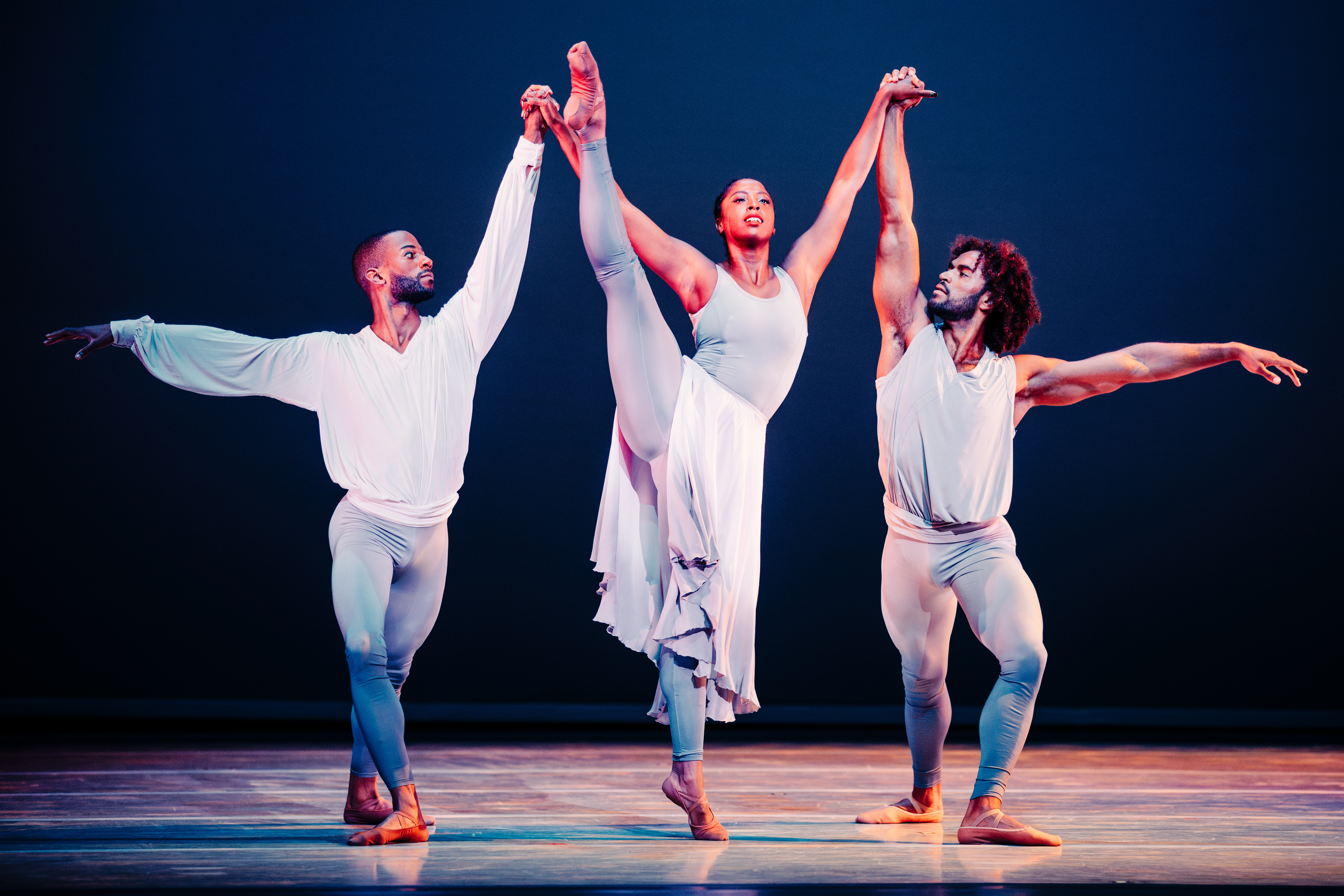 Alvin Ailey American Dance Theater perform in Edinburgh | Andrew Perry
Alvin Ailey American Dance Theater perform in Edinburgh | Andrew Perry
While the downsides of that from a cultural point of view are obvious, Liam Sinclair, executive director and Panton’s co-CEO at Dundee Rep and Scottish Dance Theatre, says the wider societal impact is more insidious. It is obvious that the arts help shape a nation’s cultural identity, but while attending shows or seeing exhibitions brings enjoyment to many, for some the contribution is far more vital.
“We’ve got a massive learning and engagement department that works throughout the year with 300-plus participants in any one week as a minimum,” Sinclar says. “There are days when the Rep is jumping with people from three months to 90 years old doing participatory work. We have two socially prescribed drama groups, one for older people, one for children. We literally help to save people’s lives – often people referred into those programmes are at risk of self-harm. They will be with us for however long the programme needs to be to get them on the path to recovery. Often they will come back after and join one of our other groups.”
Ultimately, Sinclair says, the arts industry is “a really important part of Scotland’s civic make-up”. “If we lose it we’ll never get it back because bringing something back is always more expensive than keeping it going,” he warns.
**********
It is the first weekend of December and, after travelling north through countryside blanketed in snow, I’m back at Dundee Rep to see the full staging of A Christmas Carol. As I join the small throng making its way across the courtyard to the front of the purpose-built theatre – itself a recognised cultural icon that was recently granted A-listed status – I take care not to crush the tiny snowman someone has left to greet us. Inside, the café is bustling with families chatting and friends sharing a drink as their festive season gets under way. Through in the auditorium we take our seats and, as I begin to pick out cast members chatting and blending in with members of the audience, I also recognise those rehearsal-room flight cases, piled high in the centre of the all-but bare stage.
When Panton and I spoke a month ago he explained why he’d opted for a bare-bones staging that doesn’t just present a show but shows the workings of how that show is presented, too, with even the cast initially searching, Pirandello-like, for the story they are going to tell. “We first made this show in 2021 [during Covid] and we weren’t sure how many tickets we would sell or how many people would be in the theatre,” Panton explained. “There’s no lavishness about it. The concept is things that you would find in the theatre and making stuff out of nothing.”
The pandemic might be over, but it has been replaced by arts funding and cost-of-living crises that bring a new immediacy to both the story of A Christmas Carol and the way it is being told here. It’s not for nothing that Ewan Donald’s Scrooge, when being visited by the Ghost of Christmas Past, chastises his younger self for wanting to cut back on the “unnecessary expense” of the Fezziwigs’ Christmas party. In the grand scheme of his then employer’s budget the party cost very little, older Scrooge realises, but the value it created was immense. “It’s no small thing to bring happiness to so many,” he muses from the present.
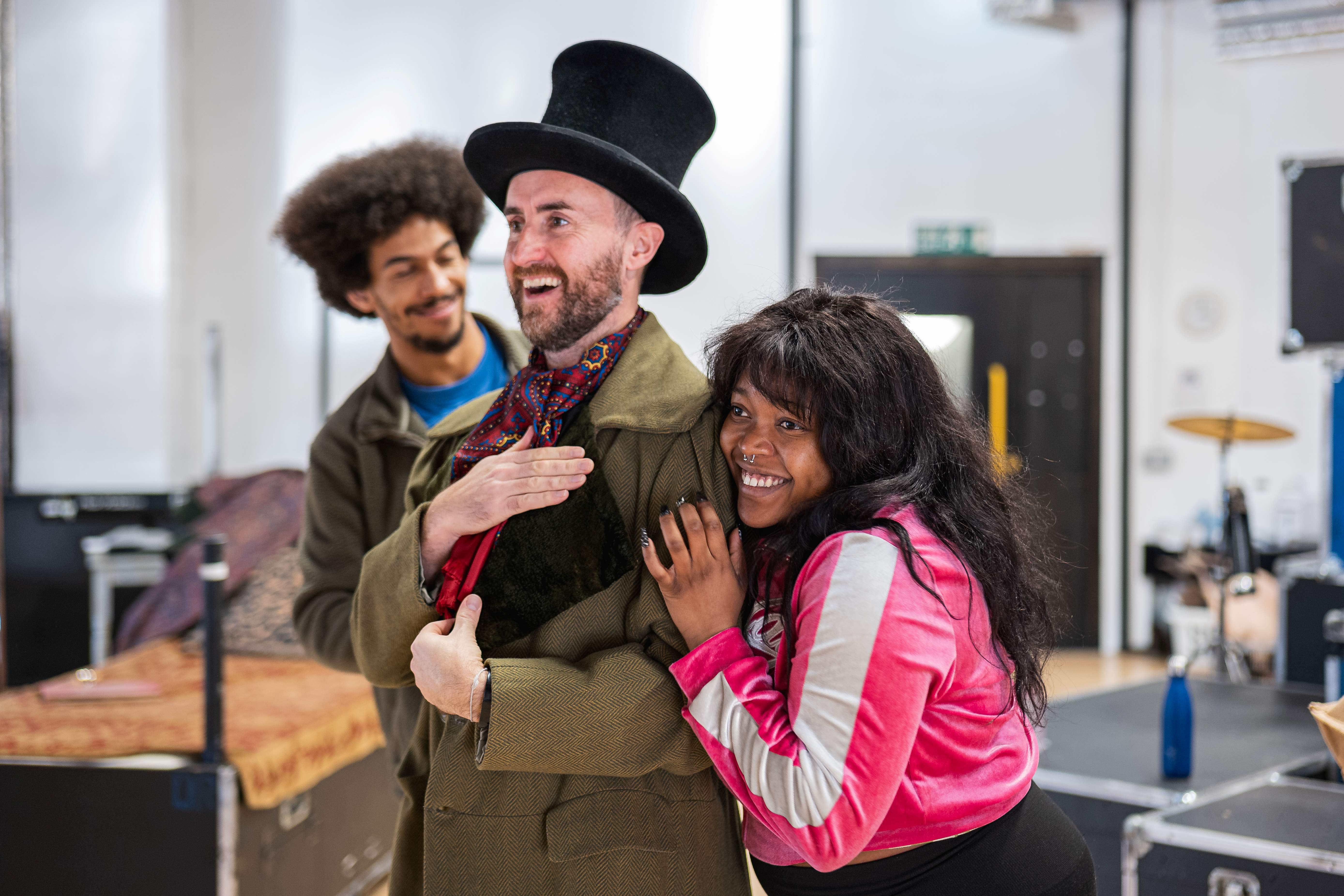 Dundee Rep's Benjamin Osugo, Ewan Donald and Laura Lovemore rehearse A Christmas Carol | Sean Millar
Dundee Rep's Benjamin Osugo, Ewan Donald and Laura Lovemore rehearse A Christmas Carol | Sean Millar
As with all arts organisations Dundee Rep’s budgets are now painfully tight. A listed building is one thing, but the chill in the air and the holes in the auditorium seats speak to the difficult decisions management is being forced to make. Yet Panton has perfected making something out of little more than lights, some musical instruments and an extremely talented cast. At one point, the full-on beam of numerous white bulbs dazzles the audience and turns the entrance of Laura Lovemore’s Ghost of Christmas Past into a cabaret-style scene reminiscent of Le Gateau Chocolat’s revolutionary Edinburgh Fringe show Duckie. Two focused red spotlights, meanwhile, transform Scrooge’s encounter with the Ghost of Christmas Future into something Barbican Shakespearean favourites Cheek by Jowl would be proud of.
This is seriously impressive stuff, and it is clear from the audience’s reaction that it is no small thing to be there. For many, it will be their first experience of the theatre and they are being introduced to it all – to classic literature and social comment, to pantomime, cabaret and high art, all wrapped up with big doses of live music and physical performance. This may be a stripped-back production, but as a piece of theatre it is so incredibly rich and so incredibly enriching. If this is what 0.5 per cent and straitened circumstances can achieve, think what one per cent and a solid plan for the future could do.
Holyrood Newsletters
Holyrood provides comprehensive coverage of Scottish politics, offering award-winning reporting and analysis: Subscribe